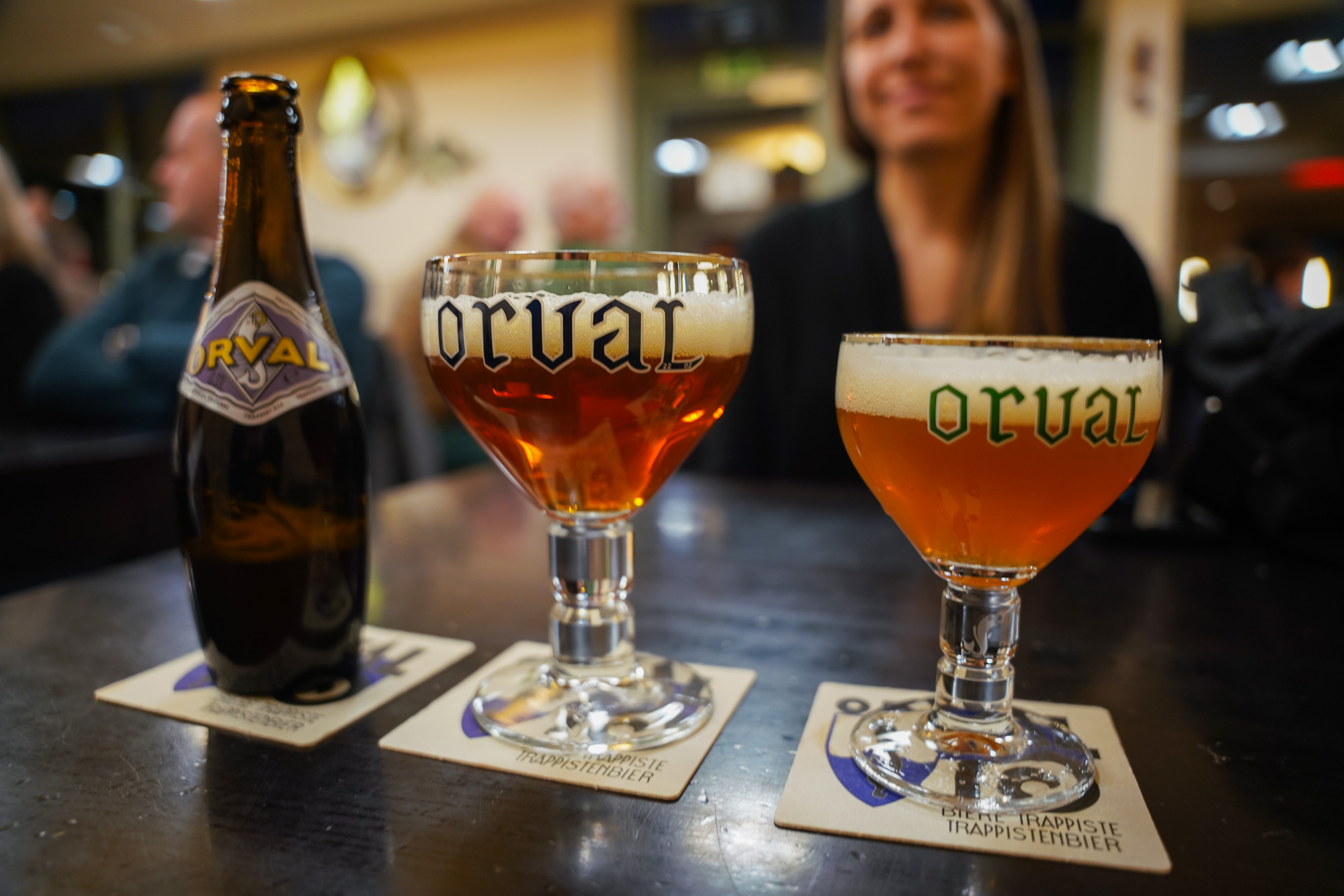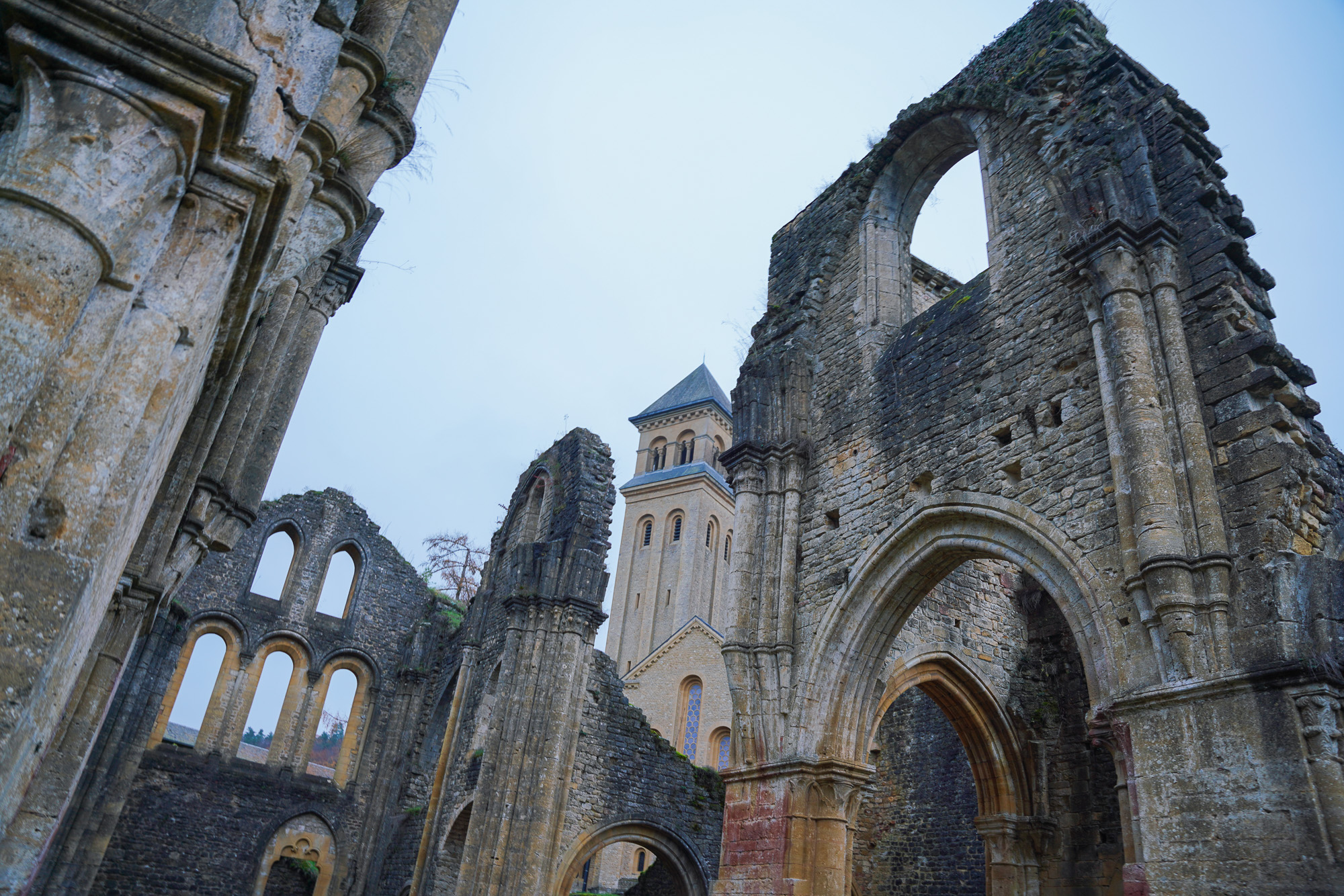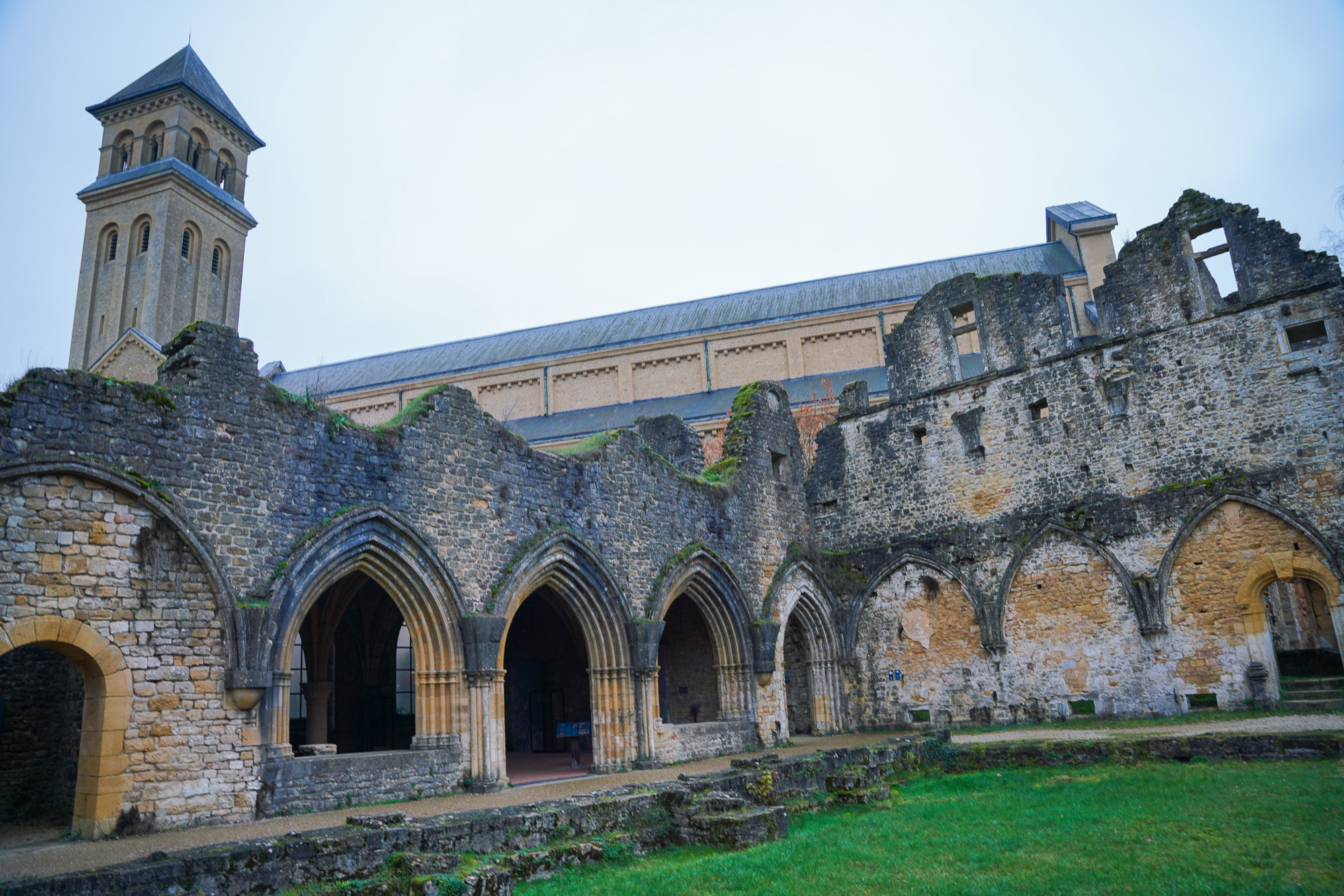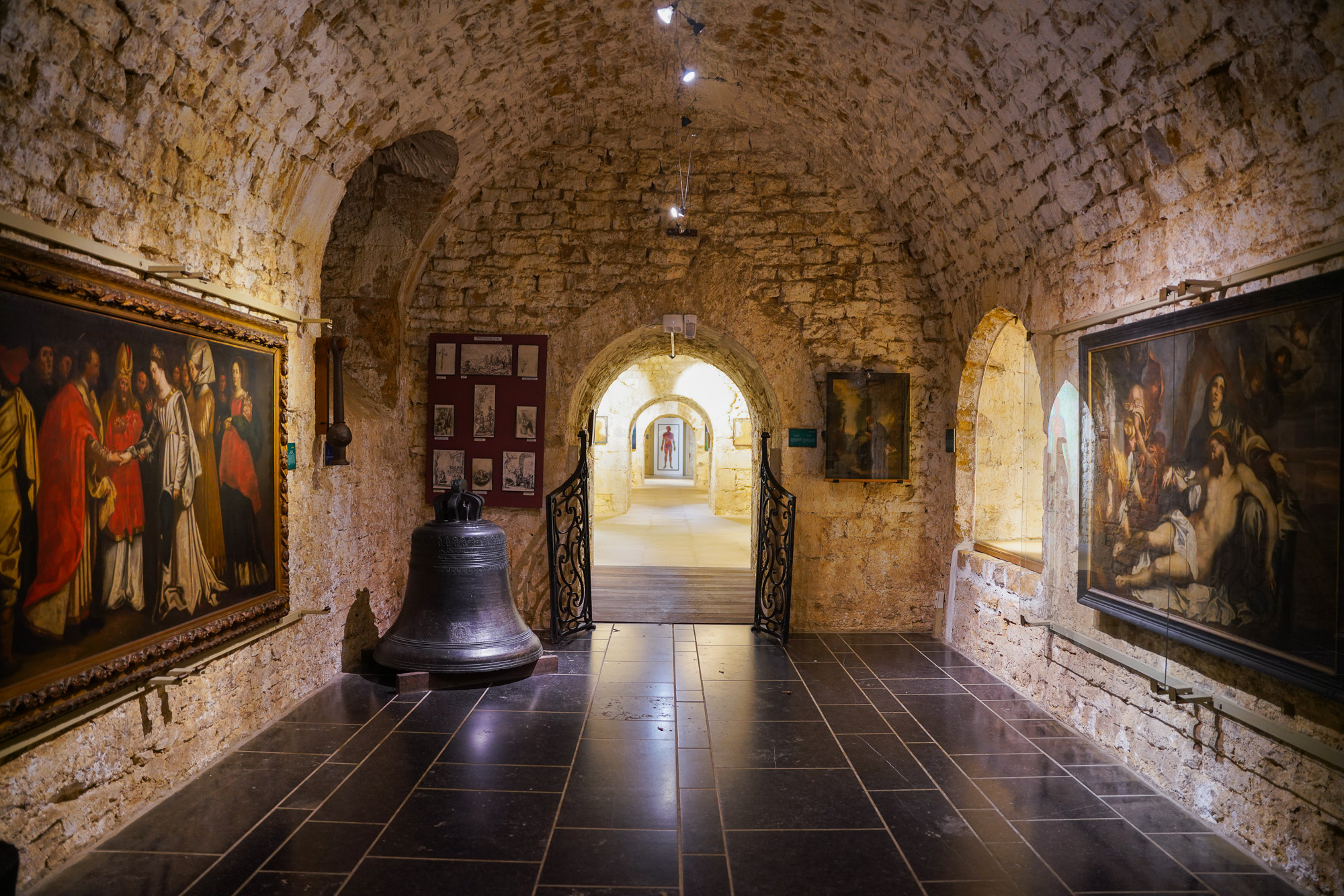Published by Jeremy. Last Updated on March 20, 2024.
Disclaimers: Our site uses demographic data, email opt-ins, display advertising, and affiliate links. Please check out our Terms and Conditions for more information. Listed prices and attraction details may have changed since our visit and initial publication.
When visiting a Trappist brewery in Belgium, most of our experience was simply seeing them from a distance- picking up beer just inside the gates of Westvleteren or a tourist-oriented museum with bar and restaurant at Chamay. Getting on the grounds of a Trappist producer is, well, quite impossible most of the time.
But there was one Trappist brewery whose historic grounds were (mostly) open to explore, and that was Orval in southern Belgium. Although we went out of our way to check this one out, we’d do it again in a heartbeat as it was one of the biggest surprises of our trip!
✈️ Book Your Next Trip
- • Planning a trip? Find a flight deal.
- • In need of a room? Check out hotel and apartment prices.
- • Taking a cruise? Find a cruise itinerary for your journey.
- • Don't overlook picking up a rental car or day tours as well!
Orval is the Best Monastery Grounds
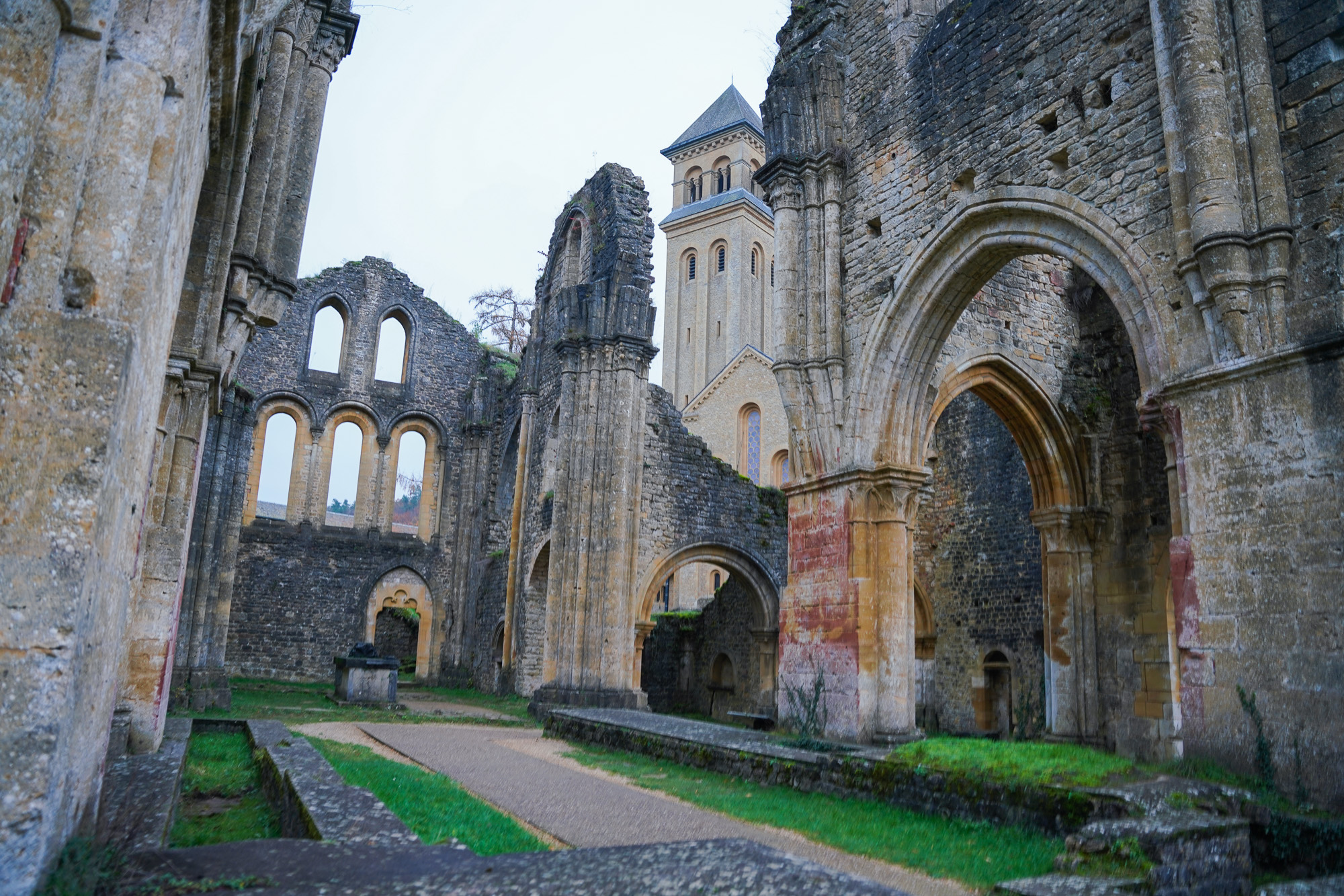
When you arrive at Orval, you’ll quickly learn that the history of the abbey and religious settlements dates back to as early as 1070- yes, almost 1,000 years ago.
The first recorded abbey was built in 1124, was subsequently destroyed in a fire in 1252, rebuilt over the next century, burnt again during the Thirty Years’ War in the 1600s, became Trappist in the 17th century, burnt down again during the French Revolution, and the abbey we know today was rebuilt and consecrated in 1948.
On the brewing side, it is said that the monks were brewing beer in the 1600s and 1700s, but the modern-day brewery only came into use starting in 1932. The profits from brewing support the monastery itself, and it is said that Orval was the first Trappist beer to be sold nationally, too.
You can feel all of this when walking around the grounds, as the ruins of the former buildings can be explored at your leisure, ending with a visit to the Abbey itself. While this tour does not include anything in their formal beer production (a small demonstration museum is on-site, however), walking through this one really showcases the history of the abbey and brewing in one complete package.
Time Your Visit Accordingly for the Abbey
As the Abbey has been built, destroyed, and rebuilt many times over the years, visitors should naturally plan to make a stop inside the Abbey as part of your self-guided tour. It is, to put it bluntly, the crown jewel of the visit.
But we have to admit that we almost missed this one as the Abbey seemingly closed earlier than the rest of the grounds towards the end of the day. We made it in and out right before they locked the doors for the evening with only seconds to spare!
Official times are hard to come by online, but if we recall correctly, the Abbey seemed closed to visitors about 30 to 60 minutes before the grounds closed for the night. This may vary as it is also an operating Abbey, so during the frequent services, access may be limited there, too.
Suffice it to say, when you arrive, it would be worth double-checking with the staff to see what the public hours are to ensure you can fit it within your schedule. Had we asked, we likely would’ve made our way over to the Abbey first thing instead of saving it for the last stop!
Don’t Miss a Stop at A l’Ange Gardien
The only true downside to taking a tour of Orval is that the grounds do not have a working bar for guests to sample Orval.
You can tour the ruins, buy bottles to go from the shop (plus other Abbey and brewery-related souvenirs), and learn about the beer-making process, but they cannot pour you a glass to enjoy on-site.
Instead, you’ll want to head down to A l’Ange Gardien on the same road as the monastery after your visit for a drink.
This independent restaurant and bar partners with Orval for some of the freshest beer on draft, including the exclusive Orval Vert style of beer you’re unlikely to find anywhere else. This one is also called “Petit Orval” and is a lower ABV, session style brew clocking in at about 4.5% (the regular Orval tends to be 6-7%) and with a bit more prominent bitterness.
But visitors keen on trying this brew must be careful here, too- the restaurant and bar do not maintain the same operating days and hours as Orval proper.
As you can likely see where we are going with this, the day we visited Orval coincided with the day the cafe was closed (a Wednesday, although this may vary) and we had only realized this after crafting our route in Belgium. That said, by a stroke of luck, the bar was open for a special party of seemingly Orval sales reps, and the team there was incredibly kind to let us come in and buy a round all the same- a close call indeed.
So while we would still say that you should absolutely go to Orval even if A l’Ange Gardien is closed (as heartbreaking as that may be), if you can time a visit to when they are open, do not miss a stop to enjoy a round after your tour!
Overall, the grounds of Orval offered one of the most stunning and informative tours we had in all of Belgium, and whether you’re visiting to learn the history of the Abbey, Orval Brewery, or both, this really is one must-see experience. Just be sure to plan your visit accordingly to see the Abbey and have a beer at the bar nearby if you are able!
Orval Abbey is located at Orval 1 in Florenville, Belgium.
About Jeremy
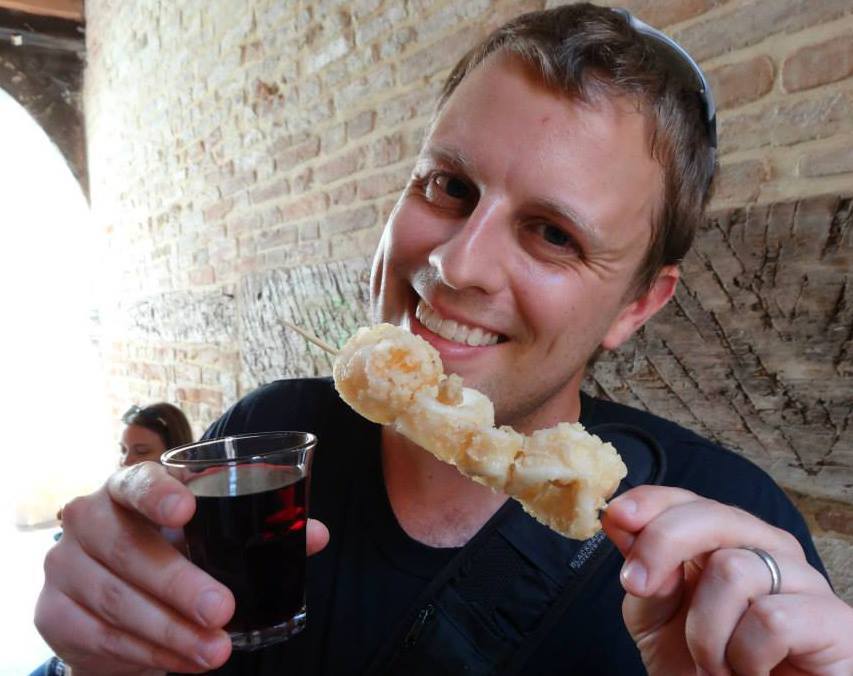
About the Author: Jeremy is a full-time travel writer based in Pittsburgh and primary author of this site. He has been to 70+ countries on five continents and seeks out new food, adventure activities, and off-the-beaten-path experiences wherever he travels.
